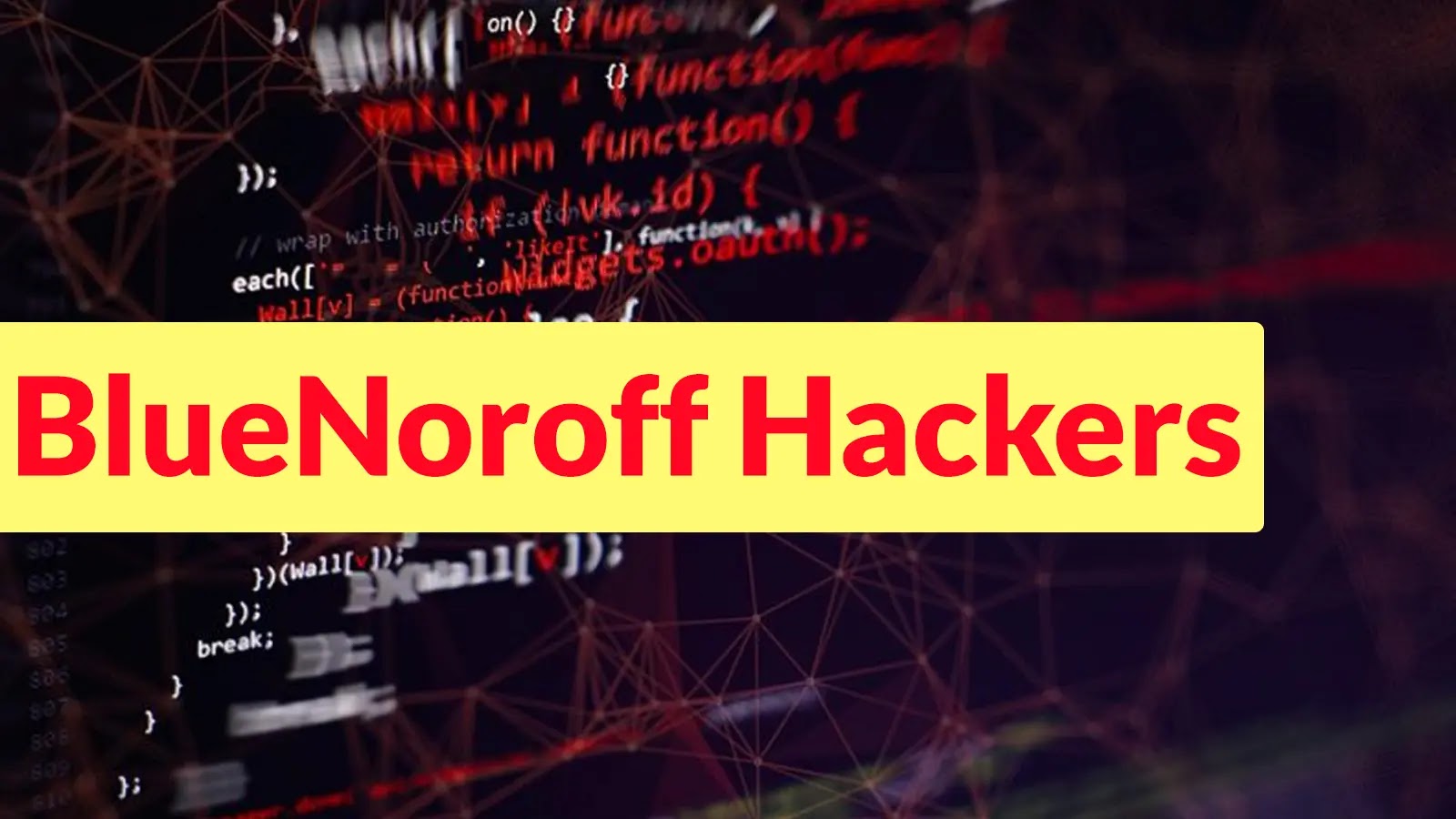BlueNoroff Hackers Unveil Sophisticated Tactics Targeting C-Level Executives in Web3 and Blockchain Sectors
Article Text:
The BlueNoroff threat group, also known as Sapphire Sleet, APT38, and TA444, has significantly advanced its infiltration techniques, now specifically targeting C-level executives and senior managers within the Web3 and blockchain industries. Historically focused on financial gains through cryptocurrency theft, the group has launched two coordinated campaigns—GhostCall and GhostHire—that showcase a notable evolution in both technical prowess and social engineering strategies.
Analysts from Securelist identified these campaigns beginning in April 2025, revealing a multifaceted approach that combines deceptive video conferencing setups with advanced malware deployment chains.
GhostCall Campaign:
The GhostCall campaign primarily targets macOS users in technology companies and venture capital firms by orchestrating fraudulent investment-related meetings. Victims receive invitations via Telegram to join investment discussions through links that mimic legitimate Zoom or Microsoft Teams platforms. Upon accessing these counterfeit video calls, participants are presented with pre-recorded videos of previously compromised individuals, enhancing the illusion of authenticity.
During these sessions, users are prompted to download supposed SDK updates, which are, in reality, malicious AppleScript files. These scripts contain nearly 10,000 blank lines to obscure the extraction of harmful payloads. The infection chain employs sophisticated code injection techniques using the proprietary GillyInjector framework. The AppleScript executes a curl command to download additional stages, ultimately installing modular malware components such as CosmicDoor backdoors, RooTroy downloaders, and SilentSiphon stealer suites.
Notably, the stealer modules comprehensively harvest sensitive data, including cryptocurrency wallets, browser credentials, SSH keys, cloud infrastructure tokens, DevOps configurations, and Telegram account sessions. The technical implementation showcases unprecedented sophistication, leveraging RC4 encryption for configuration management, AES-256 algorithms for payload protection, and strategic TCC database manipulation enabling unrestricted system access without user consent prompts. This represents a significant maturation in the group’s operational capabilities and underscores the critical risks facing cryptocurrency industry executives.
GhostHire Campaign:
Concurrently, the GhostHire campaign focuses on Web3 developers by exploiting fake recruitment processes. This campaign demonstrates the group’s ability to leverage generative AI for crafting convincing phishing materials and enhancing social engineering effectiveness.
The emergence of these campaigns marks a deliberate platform shift from Windows to macOS systems, deliberately chosen to align with the target demographic’s predominantly Apple-based infrastructure. This strategic decision enables the group to deploy specifically engineered malware chains optimized for macOS environments, creating significantly fewer detection opportunities across typical enterprise security stacks.
Implications and Recommendations:
The BlueNoroff group’s latest campaigns underscore the evolving threat landscape facing the Web3 and blockchain sectors. Their sophisticated use of social engineering, combined with advanced malware deployment, highlights the need for heightened vigilance among C-level executives and senior managers.
To mitigate these risks, organizations should consider the following measures:
1. Enhanced Security Training: Educate employees, especially those in leadership positions, about the latest phishing tactics and social engineering schemes.
2. Robust Verification Processes: Implement stringent verification protocols for unsolicited meeting invitations and recruitment offers, particularly those received via messaging platforms like Telegram.
3. Advanced Endpoint Protection: Deploy comprehensive endpoint detection and response (EDR) solutions capable of identifying and mitigating sophisticated malware threats on macOS systems.
4. Regular Security Audits: Conduct periodic security assessments to identify and address potential vulnerabilities within the organization’s infrastructure.
5. Incident Response Planning: Develop and regularly update incident response plans to ensure swift action in the event of a security breach.
By adopting these proactive measures, organizations can better defend against the advanced infiltration strategies employed by threat groups like BlueNoroff, thereby safeguarding their assets and maintaining trust within the rapidly evolving Web3 and blockchain industries.



